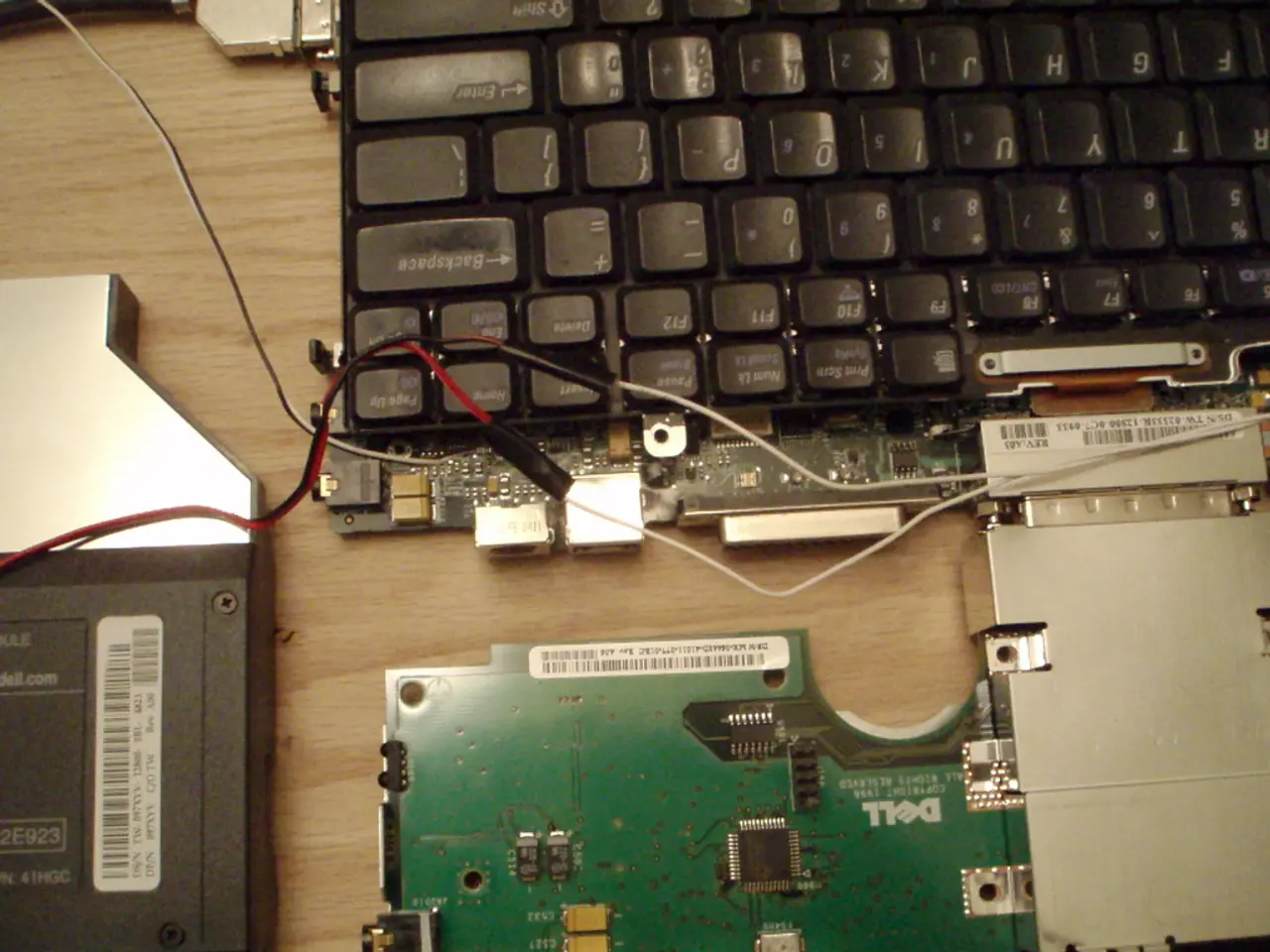Immobilizing Neurological Disorder: A Closer Look at Locked-In Syndrome
Locked-in Syndrome (LIS) is a rare neurological disorder that leaves cognitive functions intact while causing severe motor impairment. The primary cause of LIS is damage to the brain stem, which can be due to brain stem injury, stroke, or neurological conditions such as amyotrophic lateral sclerosis (ALS), multiple sclerosis (MS), or pontine myelinolysis.
Individuals involved in activities with a high risk of head or spinal cord injuries, such as contact sports or motor vehicle accidents, may be at increased risk of developing LIS. Anyone experiencing sudden or severe neurological symptoms, such as paralysis, loss of muscle control, or an inability to communicate, should seek immediate medical attention.
Diagnosis of LIS involves a series of tests, including brain imaging such as magnetic resonance imaging (MRI), to identify the underlying cause of the syndrome, such as brainstem lesions or abnormalities. Clinical assessment is also crucial, evaluating the patient's history, symptoms, and physical examination findings, such as the absence of voluntary muscle movement while preserving eye movement.
LIS patients are unable to speak or move any part of their body apart from their eyes. However, there are two types of LIS: Classic Locked-In Syndrome and Incomplete Locked-In Syndrome. Classic LIS patients are unable to move any part of their body, including their limbs and facial muscles. In contrast, Incomplete LIS patients have some limited movement, such as minimal facial muscle control or limited limb mobility.
Treatment for LIS is multidisciplinary and centres on rehabilitation and communication assistance. Intensive physical, occupational, and speech therapy are critical to maximize residual function and prevent complications such as muscle atrophy and contractures. These therapies aim to improve any voluntary movement and support communication abilities.
Devices such as eye-tracking systems and brain-computer interfaces enable communication for LIS patients who typically retain eye movement as their primary means of interaction. These technologies help patients express needs, make choices, and improve their quality of life.
Noninvasive neuromodulation techniques, like repetitive transcranial magnetic stimulation (rTMS), transcranial direct current stimulation (tDCS), and median nerve stimulation (MNS), have been explored for therapeutic effects. However, evidence remains preliminary and inconclusive, and these techniques are being investigated to potentially enhance neural function in such patients.
Supportive care includes management of complications (e.g., respiratory support, prevention of infections), psychological support, and ensuring appropriate nutrition and comfort. Pharmacological treatments, such as the use of activating drugs or stimulants, have been trialed mainly in vegetative states and other disorders of consciousness, but no robust evidence supports specific drug therapy for LIS.
In summary, treatment for LIS is multidisciplinary and centres on rehabilitation and communication assistance, with ongoing research into neuromodulation as a possible adjunct therapy. Supportive therapy, communication aids, and rehabilitation techniques can help enhance communication and improve quality of life for individuals with LIS.
Therapy for LIS patients involves a combination of rehabilitation, communication assistance, and ongoing research into neuromodulation techniques, such as repetitive transcranial magnetic stimulation (rTMS), transcranial direct current stimulation (tDCS), and median nerve stimulation (MNS). These techniques aim to enhance neural function and facilitate better communication for patients dealing with health-and-wellness issues like LIS, diabetes, and neurological disorders. Medical-conditions like LIS can impact an individual's ability to communicate and perform daily tasks, necessitating the use of devices such as eye-tracking systems to ensure health-and-wellness and improve their quality of life.




